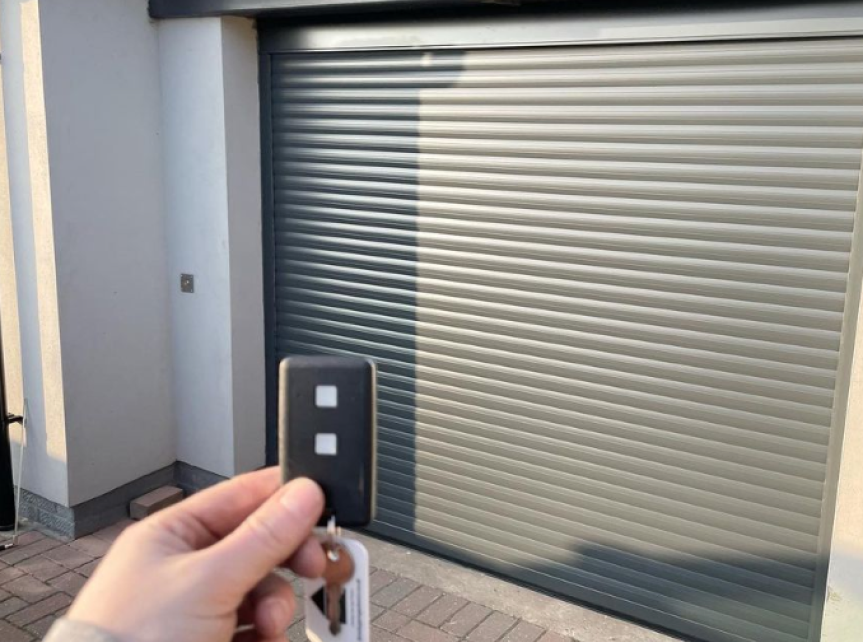Maintaining an energy-efficient home is essential for comfort and cost savings, and many homeowners searching for Garage doors in Norwich start by looking at the best options for insulation. One critical yet often overlooked component is the garage door. An insulated garage door not only improves thermal efficiency but also offers benefits like increased security and noise reduction. This guide explores the top insulated garage door options to help you enhance your home’s energy efficiency.
The Importance of Insulated Garage Doors
Garages, especially those attached to homes, can be significant sources of energy loss. An uninsulated garage door allows external temperatures to affect the interior, making adjacent rooms less comfortable and increasing the load on heating and cooling systems. Upgrading to an insulated garage door provides several advantages:
- Energy Efficiency: Reduces heat loss in winter and heat gain in summer, leading to lower energy bills.
- Enhanced Comfort: Maintains a stable temperature in the garage, making it suitable for various uses.
- Noise Reduction: Dampens external noise, creating a quieter indoor environment.
- Increased Durability: Insulated doors are often sturdier, offering better resistance to dents and impacts.
Top Insulated Garage Door Types
When selecting an insulated garage door, consider the design, material, and insulation properties. Here are some top options:
1. Sectional Garage Doors
Design and Functionality: Sectional garage doors consist of multiple horizontal panels hinged together. They open vertically, sliding upwards and then horizontally along the garage ceiling, making them ideal for homes with limited driveway space.
Insulation Properties: These doors are typically constructed with double-skinned steel panels filled with polyurethane foam, offering excellent thermal insulation. High-quality sectional doors can achieve U-values as low as 0.91 W/(m²·K), indicating superior insulation performance.
Advantages:
- Optimal Insulation: Keeps the garage and adjacent areas comfortable year-round.
- Space Efficiency: Vertical opening mechanism saves driveway space.
- Versatility: Suitable for various garage sizes and customizable with windows or decorative hardware.
Considerations:
- Ceiling Space: Requires unobstructed ceiling space for the horizontal tracks.
- Maintenance: Regular upkeep of hinges and tracks ensures smooth operation.
2. Roller Garage Doors
Design and Functionality: Roller garage doors are composed of narrow horizontal slats that roll up into a compact box above the opening. This design is perfect for garages with limited headroom or those desiring a sleek, minimalist appearance.
Insulation Properties: High-quality roller doors feature double-skinned aluminum slats filled with polyurethane foam. While they offer insulation benefits, precise U-values are challenging to determine due to the multiple slat joints. However, when installed correctly with proper seals, they significantly reduce heat loss.
Advantages:
- Space-Saving: Compact roll-up design maximizes ceiling and wall space.
- Aesthetic Appeal: Offers a clean and modern look.
- Ease of Use: Often equipped with automated opening systems for convenience.
Considerations:
- Insulation Variability: The presence of multiple slats can result in minor gaps affecting insulation efficiency.
- Quality Matters: Opting for reputable brands ensures better insulation and durability.
3. Side-Hinged Garage Doors
Design and Functionality: Side-hinged doors operate like traditional double doors, swinging open from a hinged frame. They are ideal for garages used more for storage or as workshops, where frequent access is needed without opening the entire door.
Insulation Properties: Modern side-hinged doors come with insulated panels, often constructed with double-skinned steel filled with foam insulation. This design provides substantial thermal efficiency, making them suitable for maintaining a comfortable garage environment.
Advantages:
- Convenient Access: Easy to open partially for pedestrian entry without exposing the entire garage.
- Aesthetic Versatility: Available in various styles and finishes to match your home’s exterior.
- Low Maintenance: Fewer moving parts result in reduced maintenance needs.
Considerations:
- Space Requirements: Requires sufficient external space for the doors to swing open.
- Security Features: Ensure robust locking mechanisms are in place for enhanced security.
Enhancing Insulation Beyond the Door
While selecting an insulated garage door is a significant step, consider additional measures to optimize your garage’s thermal efficiency:
- Weather Seals: Install high-quality weatherstripping around the door edges to prevent drafts.
- Wall and Ceiling Insulation: Insulate the garage walls and ceiling to reduce overall heat loss.
- Floor Seals: Use threshold seals to prevent air ingress from under the door.
Best Garage Doors for Insulation – Final Thoughts
Investing in an insulated garage door is a practical and effective way to enhance your home’s energy efficiency and comfort. By choosing the right type of door—be it sectional, roller, or side-hinged—you can enjoy a more comfortable garage, reduced energy bills, and a versatile space. At J Brady Garage Doors, we offer a wide range of insulated garage doors tailored to meet your specific needs and preferences. Contact us today to explore our selection and find the perfect solution to enhance your home’s energy efficiency.






